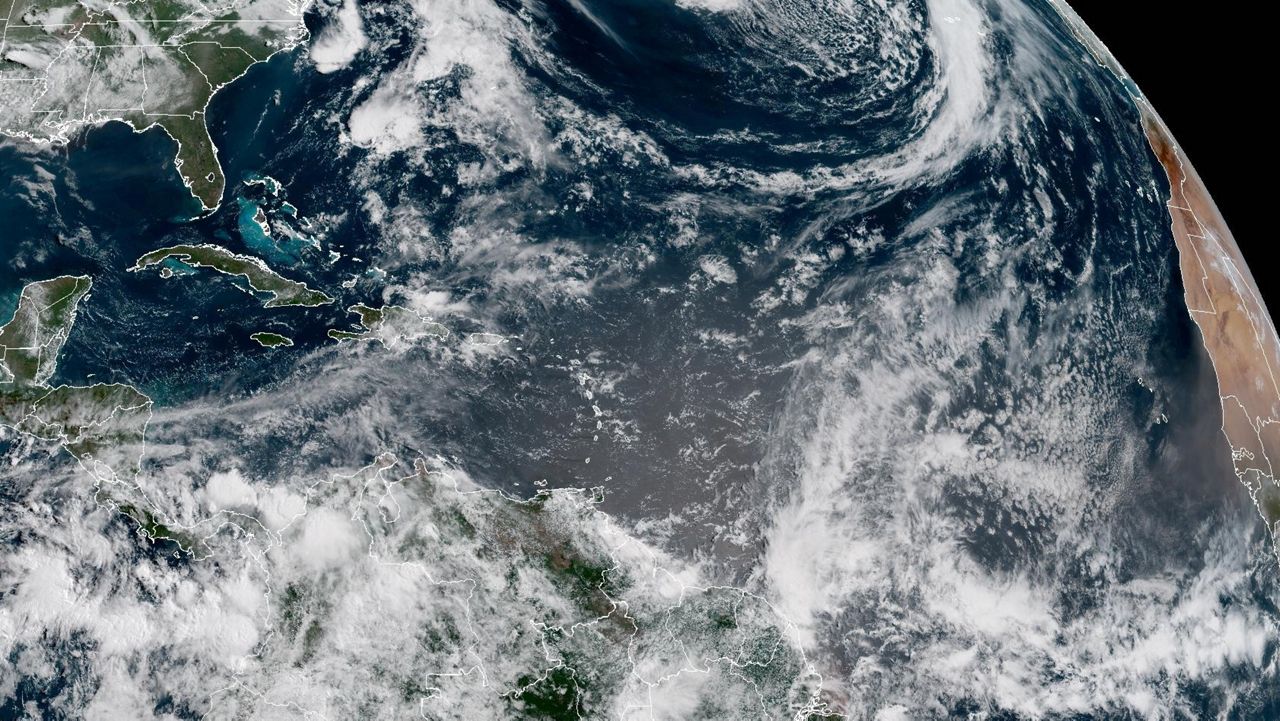ASHEVILLE, N.C. — The City of Asheville is one step closer to reaching 100% renewable energy by 2030.
Bridget Herring is the sustainability director for Asheville. In her role she works in anything from renewable energy to climate resilience, climate justice and waste reduction to food policy.
She says helping the city reach its goals gets her out of bed every morning.
“Being able to help people thrive in the changing climate, right, so being able to adapt and mitigate the impacts of climate change,” Herring said.
The city currently has six sites that use renewable energy and the newest is at the Grant Center. In the last fiscal year, the first five sites generated over 250 megawatt hours.
“The equivalent to 3,000 trees, I think powering like 35 homes and has roughly avoided a little over $35,000 in electricity costs for the city,” Herring said.
The solar power on the roof at the Grant Center is connected to Duke Energy’s electric grid. When extra energy is generated, “the rest will go back to the grid, so that it can power other things in our community and then the city will receive a credit for any energy that’s given back to the grid,” Herring said.
The Grant Center now has enough electricity equal to powering 13.2 homes.
According to the U.S. Department of Energy, solar energy reduces greenhouse gas emissions, mitigates climate change, improves air quality and reduces water use from energy production.
The Grant Center also now has the city’s only green roof.
“It will reduce the need for cooling the facility underneath it and also as it rains, that roof will be able to absorb more water and slow it down before it goes into surface water into our storm water system,” Herring said.










